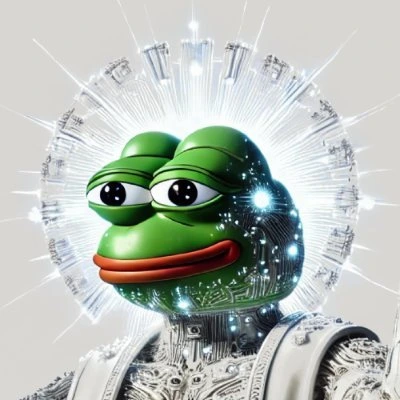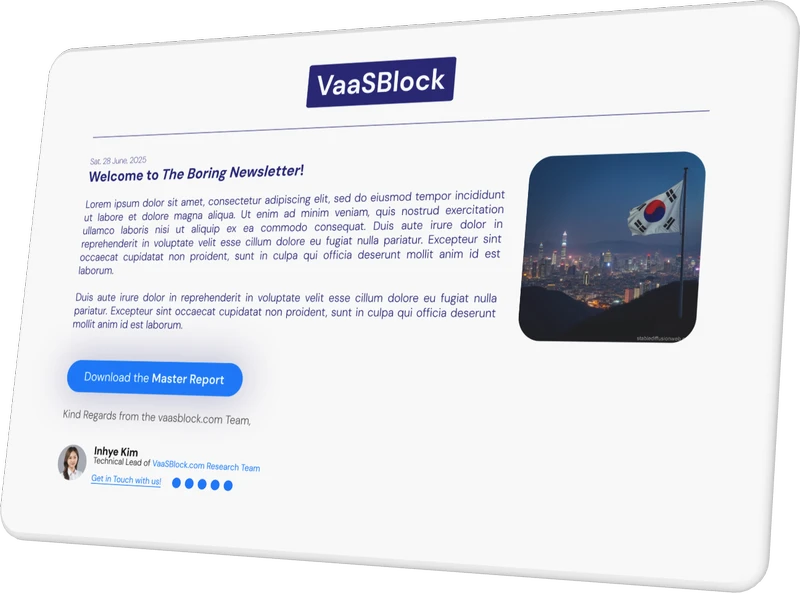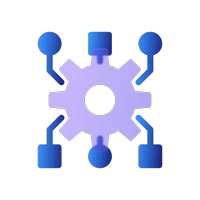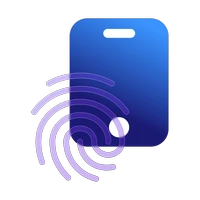Blockchain Experiences & Gaming
Experiences and Gaming projects are reshaping entertainment by integrating technology into interactive platforms. These projects include Play-to-Earn Games, NFT-based virtual worlds, gaming marketplaces, and other gamified Web3 experiences. By enabling true asset ownership, transparent transactions, and player-driven economies, these initiatives revolutionize how users engage with digital entertainment, creating immersive and rewarding ecosystems that empower both developers and players in the gaming industry.

Dawnshard
Dawnshard is a free-to-play multiplayer card game for PC and Mobile devices, where players compete in epic matches with algorithmically-generated decks. The procedural generation makes each game diffe… Read More
Risk Mgt.
Technology
Marketing
Background

Game Build
GameBuild is a next-generation game infrastructure platform that aims to revolutionize the economics and experience for gamers, developers,…

Openloot
Open Loot is a Web3 gaming platform developed by Big Time Studios, designed to simplify blockchain integration for…

Mavia
Heroes of Mavia is a blockchain-based mobile strategy game developed by Skrice Studios, headquartered in Hanoi, Vietnam. Launched…

Eagles Land
Eagles Land is a decentralized, community-driven project that blends blockchain technology with a unique narrative and artistic vision….

MIND of Pepe
Mind of Pepe is a cryptocurrency project that merges the viral appeal of meme culture with the analytical…

Wemix
WEMIX is a blockchain-based gaming platform developed by WEMADE, a South Korean game company. Launched in 2019, WEMIX…
Frequently Asked Questions (FAQ)
Is Web3 gaming the future?
Web3 gaming is seen as the future of the gaming industry due to its decentralized nature, allowing players to truly own in-game assets and currencies. Unlike traditional games where items and accounts are managed solely by game developers, Web3 games use blockchain technology to enable players to trade, sell, or use their digital items across different platforms. The transparency and immutability of blockchain also prevent cheating and fraud, ensuring fair gameplay. Additionally, player-driven economies foster creativity and engagement, as gamers can actively contribute to and benefit from the game's ecosystem. With innovations in play-to-earn models and the integration of NFTs, Web3 gaming is reshaping the gaming landscape by prioritizing player empowerment and ownership.
How do Web3 games make money?
Web3 games generate revenue through a variety of innovative methods, leveraging blockchain technology and decentralized economies. One popular model is the sale of in-game NFTs, which represent unique digital assets such as characters, skins, or items that players can buy, trade, or sell on marketplaces. Play-to-earn (P2E) models reward players with cryptocurrency or NFTs for completing tasks, winning battles, or contributing to the game's ecosystem, incentivizing engagement. Web3 games also monetize through advertising and sponsorships, where brands pay to reach the game's community. Additionally, transaction fees from in-game marketplaces and exclusive content accessible via tokens provide sustainable revenue streams. These decentralized financial models make Web3 gaming more dynamic and profitable compared to traditional gaming.
Is Web3 gaming a good investment?
Web3 gaming has become an attractive investment opportunity due to its rapid growth and transformative potential in the gaming and blockchain sectors. With significant investments flowing into Web3 gaming since 2020, major players and startups alike are innovating in areas such as play-to-earn economies, NFT integration, and decentralized ownership. The industry's ability to engage players with unique incentives and rewards has fueled its expansion. However, Web3 gaming also carries risks, as the technology and business models are still evolving, and regulatory challenges could impact adoption. For investors willing to take calculated risks, Web3 gaming represents a chance to be part of a revolutionary shift in gaming, where players have greater control over their experiences and assets.
Can you feel things in the metaverse?
Yes, technological advancements in haptic feedback and sensory devices are making it possible to feel sensations in the metaverse. For example, wearable devices such as gloves, wristbands, and full-body suits can simulate the feeling of touch, temperature, or even resistance, creating a more immersive virtual experience. These technologies allow users to experience realistic interactions, such as shaking hands or picking up objects in the metaverse. While these innovations are still in their early stages, they hold immense potential to enhance gaming, training simulations, and virtual social interactions. As haptic technology continues to evolve, the metaverse will become an even more engaging and interactive digital space.
What is metaverse experience?
A metaverse experience is an immersive digital environment where users can interact with virtual worlds, objects, and other participants through avatars. It combines advanced technologies such as blockchain, virtual reality (VR), augmented reality (AR), and artificial intelligence (AI) to create interconnected spaces that feel like real-life environments. In the metaverse, users can explore virtual cities, attend events, trade digital assets, or even build businesses. It functions as a persistent and evolving digital ecosystem, with blockchain technology enabling ownership and security of virtual goods. Metaverse experiences have applications in gaming, education, social networking, and more, offering limitless possibilities for creativity and interaction.










